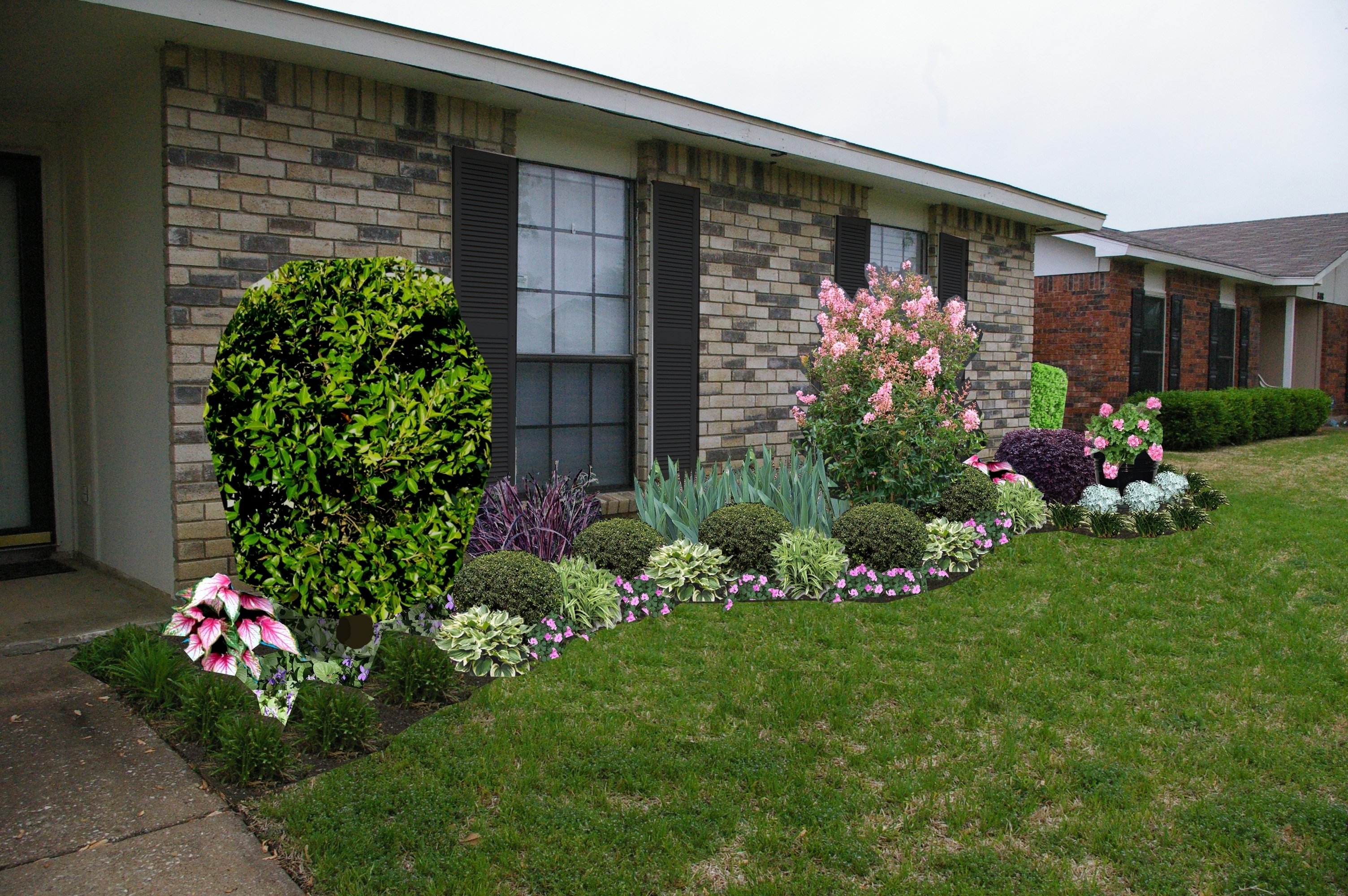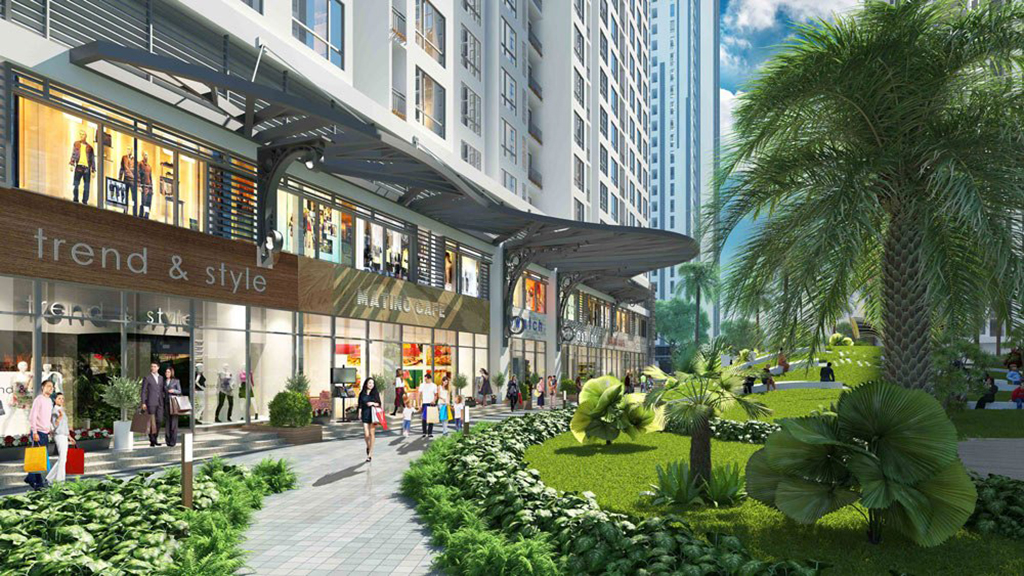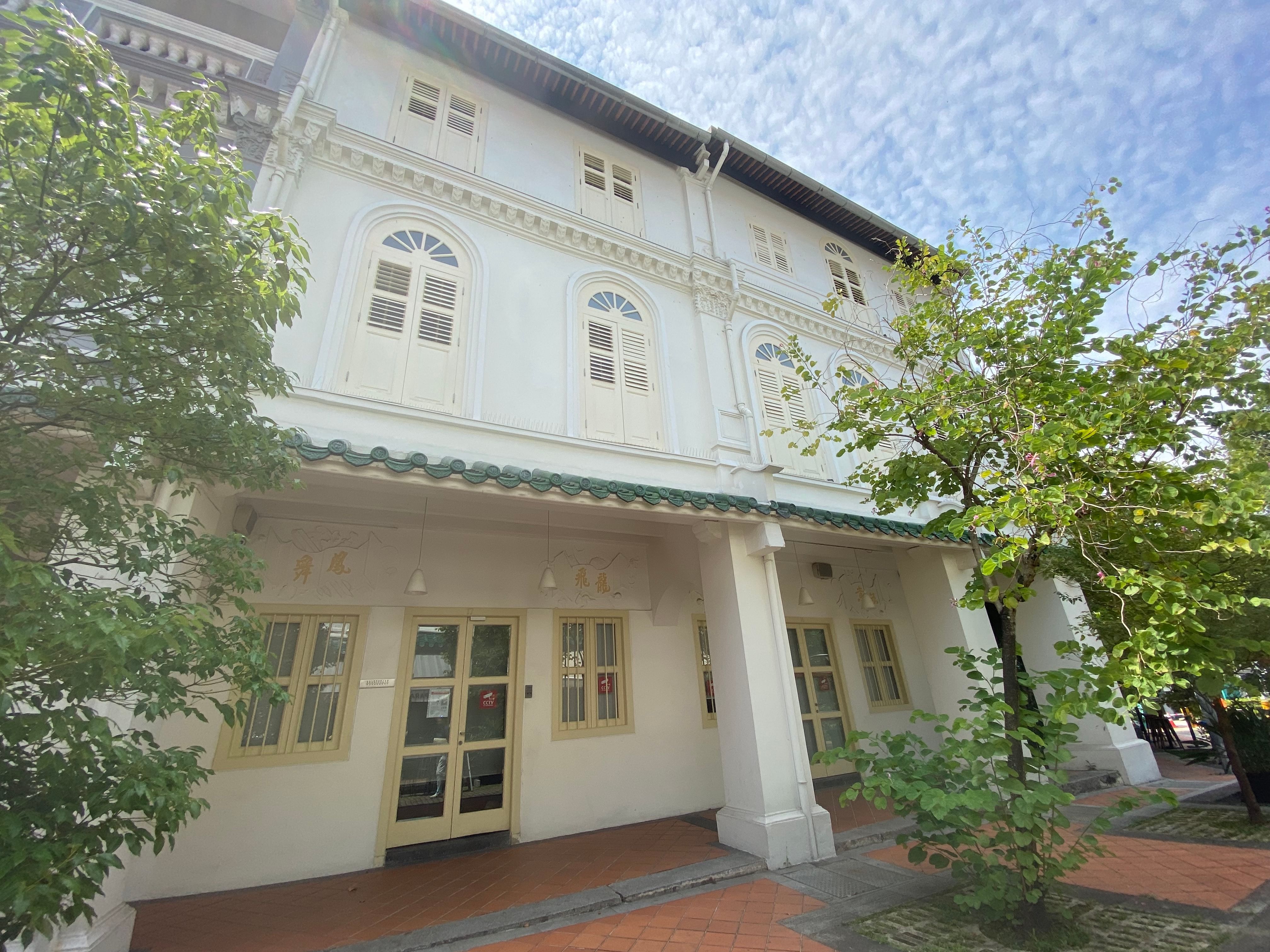Table Of Content

Elevate the appeal and functionality of your front yard with landscape lighting. Pathway lighting, accent lighting, and motion-activated lighting are all great options for small yards. Install pathway lights along your walkway or driveway to illuminate your way. If security is your primary concern, opt for motion-activated flood lights near entrances or dark areas.
9 Succulent Garden Ideas That Will Add Sculptural Dimension to Your Landscape - Martha Stewart
9 Succulent Garden Ideas That Will Add Sculptural Dimension to Your Landscape.
Posted: Wed, 21 Feb 2024 08:00:00 GMT [source]
More Front Yard Ideas
Your front porch is often the first thing visitors see and offers an opportunity to add a touch of personality to your home's exterior. Make the most out of this part of your house and create an additional outdoor seating area. Similar to the steps, terraced beds work to reduce the impact of a sloping yard. However, instead of straight paths, a series of small retaining walls can create cascades of greenery that are not only functional but lend an air of luxury to your landscape. Modern front yards are all about creating a clean, contemporary look that complements your home's architectural style.
Install landscape lighting
"We want to do the opposite, designing spaces to feel as large, open, and free flowing as we can," Lenhart says. "You can subdivide a small yard into different zones—just keep the boundaries of those zones free from impediments, so that you can freely circulate between them." When considering your small front yard landscape design, minimize maintenance as much as possible. "In almost any scenario, a well-kept yard is going to outshine any poorly maintained yard," Lenhart says. These ideas will get you inspired for a front yard refresh, whatever sized space you have to work with.
Pro Tips for Strategically Planting Trees on Your Property
The duo paired the mélange of leafy greens with a stone walkway, water fountain, and tomato red front door. All of the front yard landscaping ideas used were designed to lead – and invite – the eye up to the front door, enhancing the home's front door to make it into a standout feature. A rose arbor brings height, color, texture and fragrance to your front yard and it will prove to be a transformative addition to your front yard landscaping ideas. Groundcover creates a dense layer, which stabilizes soil, reducing weeds and erosion. Plant a creeping groundcover alongside mulched areas and stepping stone paths to create a low-maintenance front yard. Furthermore, opt for a flowering variety to embrace a cottage garden.
Get Creative with Traditional Style Homes
Borders help achieve order and separate planting areas, garden beds, and hardscape sections. Create boundaries with stones, bricks, pavers, or rows of carefully spaced plants. Growing vertically adds dimension to your yard, creating a layered and textured appearance.
Install a hardscape rock garden complete with succulents and cacti to create a tidy focal point that conserves water or lay down mulch to protect your native garden from weeds. “Avoid treating foundation plants as if they were little soldiers pressed up along the perimeter of your house,” advises Winslow. “For a two-story house, foundation plantings should extend at least 8 feet out from the house.” When you’re planting shrubs, think about how they will look in 3 to 5 years. “You don’t want to select varieties that will block your windows,” she adds.
Landscaping ideas for a sloped front yard
Herbs grow well in containers, and many vegetables thrive in small spaces. Consider adding a raised bed to the front of your house or use vertical gardening techniques to maintain a tidy garden while maximizing your yield. Modernism is all about clean lines and a minimalistic approach. Incorporate sharp edges and a “less is more” philosophy into your landscape design. Use simple, structured shapes to achieve a contemporary look and opt for materials like concrete, metal, and glass. Container gardens are low-maintenance, cost-effective, and customizable.

Plant en masse for extra impact
If your front yard includes a tree, consider landscaping around the base and letting the tree be the focus of the yard. Or consider planting a tree and filling in the rest of the yard with pea gravel. Does your front yard receive full sun, partial sun, or does it have shade trees that create a dense canopy? The amount of light will determine how to use the space and what kind of plants will perform best. Full sun will lend itself to growing warm-season annuals or vegetables, while shade will help keep a seating area cooler in summer. We've gathered a lot of front yard landscaping ideas here, suitable for a variety of experience levels, beginner to expert.
Forest Modern
Palms and tropical fruits can adorn your home's front in the Sunshine State. Consider a mix of native plants and colorful flowers to withstand the heat and occasional downpours, with gravel pathways to encourage drainage and prevent erosion. Flowering trees can add a lot of color and vibrancy to your garden. They don't require a lot of maintenance and offer eye-catching decor to your green space when in bloom.
For instance, use low-growing shrubs, grasses and flowering plants to repeat the horizontal lines of a ranch-style house. Some low growing plants such as dwarf trees, small conifer trees and ground cover look amazing in front of ranch style homes. Choosing evergreen will ensure that you enjoy the lush green landscape throughout the year. It’s also a good idea to plant smaller plants in the front of flowerbeds and taller ones in back to create depth and dimension. A well-designed foundation planting helps integrate your house with the surrounding landscape so the two blend seamlessly and create a welcoming, harmonious look.
If you’re planting trees in front of your house, plan 12 to 15 years out. They are considered permanent fixtures in the landscape, so you want to be sure they are not too close to the house. “If you are thinking of selling your house, a tree can be an asset—unless it is one that prospective owners think they will have to remove.
Besides providing framing, trees and larger shrubs—and the buildings—make up the masses in the landscape. Choose and place them for the seasonal color interest for outline, shade, and energy control. Harmonize the shapes of the plants—round, pyramidal, weeping—with each other and the structures.
Others prefer a door that matches the trim or complements the siding on their home. Add adornments such as a doormat, wreath, or containers for extra curb appeal. Check regularly that your steps are safe and not slick in snow or rain. Try to create at least one entrance without steps into your house for wheelchair visitors or possible future or emergency use. Or make conditional plans for a ramp, avoiding any plantings that would interfere.













